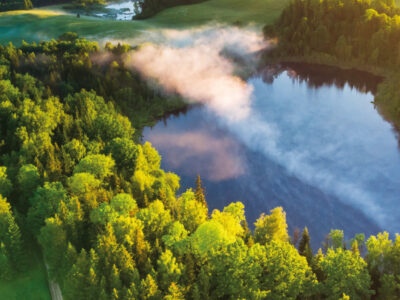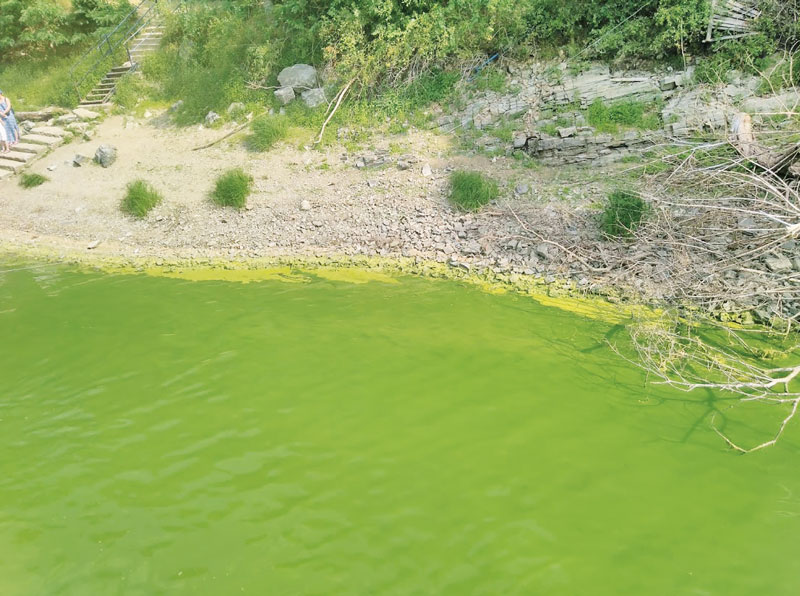Most of the reservoirs in the Czech Republic have been built as multifunctional reservoirs, with the basic functions being storage and protection. The way the catchment area upstream of a reservoir is used has a significant impact on water quality. Pollution sources can be divided into point, area, and diffuse sources. Being continuous or recurrent, point pollution is not significantly influenced by meteorological factors and it is linked to narrowly delimited areas such as settlements, wastewater treatment plants (WWTPs), industrial plants, agricultural facilities, etc. Area pollution is difficult to observe as it is irregular and depends on meteorological, soil, morphological, and vegetation characteristics [4]. The category of diffuse sources usually includes small diffuse point sources of pollution, namely municipal, agricultural, industrial, as well as traffic pollution, leachates from landfills, etc.




